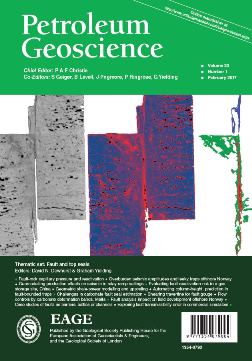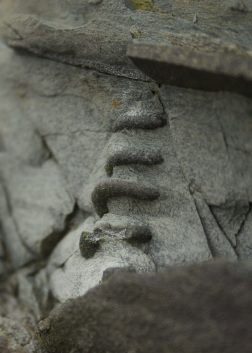From the Publishing House
Jenny Davey has the latest from the Geological Society Publishing House
Full Book Collection price held
Fellows can subscribe to the Full Book Collection for £83, which extends electronic access to recent GSL Lyell Collection book content (including Special Publication Online First articles) from the date of publication.
Contact the Membership Department on +44(0)20 7434 9944 to subscribe to the Full Book Collection.
 Fault and top seals Thematic Set in PG
Fault and top seals Thematic Set in PG
This thematic set comprises 12 papers, divided into four subject themes: geomechanical and geophysical aspects, methods in conventional (sand–shale) fault, seal fault seal in carbonate reservoirs and case studies and issues in field development.
Read more on the Lyell Collection: http://pg.lyellcollection.org/content/23/1.toc
 Worms that turned
Worms that turned
Research shows first burrowing animals helped engineer explosion of life
The Cambrian Explosion was the rapid diversification of life on Earth, which began in the seas about 542 million years ago. One of the most important aspects was the evolution of animals that could burrow into sand and mud. This turned the seafloor from a 2D to a 3D world, creating new habitats and ecosystems, and completely changing the movement of nutrients and resources, over the period of a few million years.
Image, right: Dr Liam Herringshaw
New research on fossils from Newfoundland and Labrador, published in the Geological Society Special Publication 448 Earth System Evolution and Early Life: A Celebration of the Work of Martin Brasier, provides new insights into exactly which burrowing animals were the most important engineers.
The paper was written by Dr. Duncan McIlroy, a professor with Memorial University’s Department of Earth Sciences, Faculty of Science; Dr. Liam Herringshaw, a former post-doctoral fellow at Memorial and current lecturer at the University of Hull in the U.K.; and Dr. Richard Callow, also a former post-doctoral fellow in the Department of Earth Sciences currently of Statoil in Norway.
Read the Open Access paper in the Lyell Collection: http://sp.lyellcollection.org/content/early/2017/01/20/SP448.18.full.pdf+html
Read more on the Geological Society Blog: https://blog.geolsoc.org.uk/2017/01/31/the-worms-that-turned